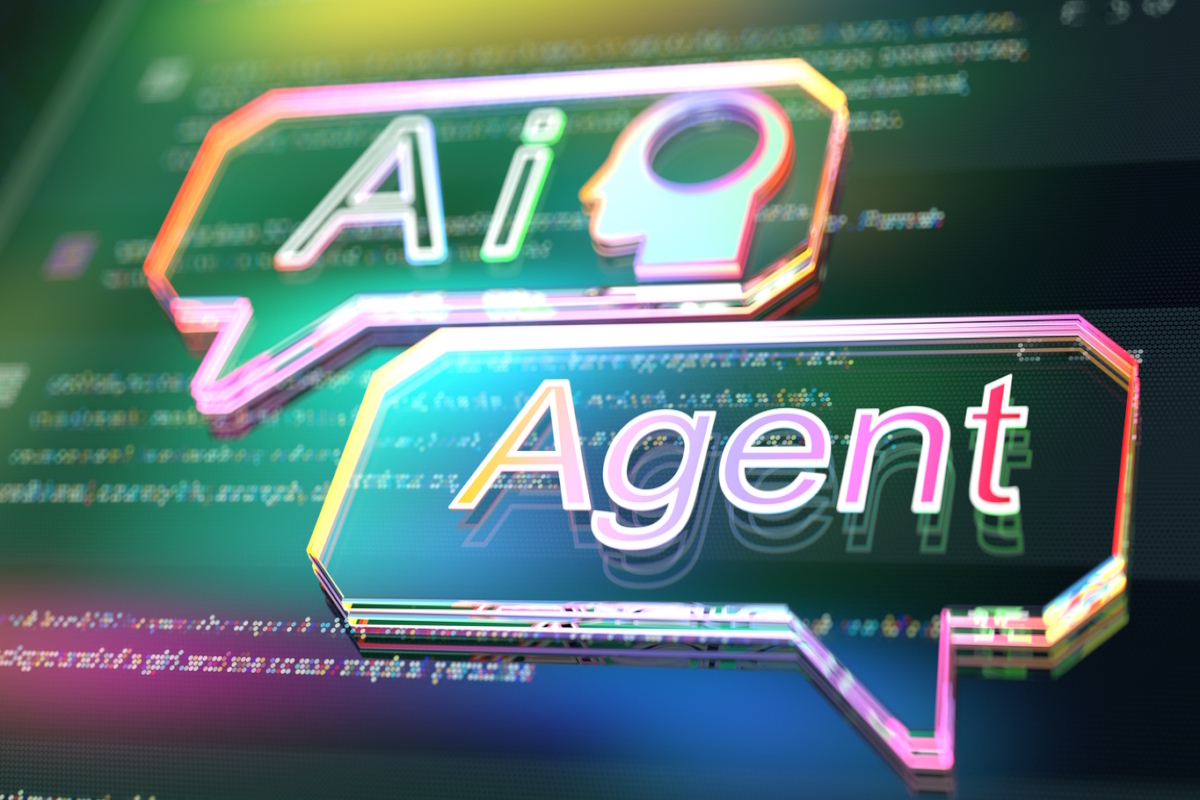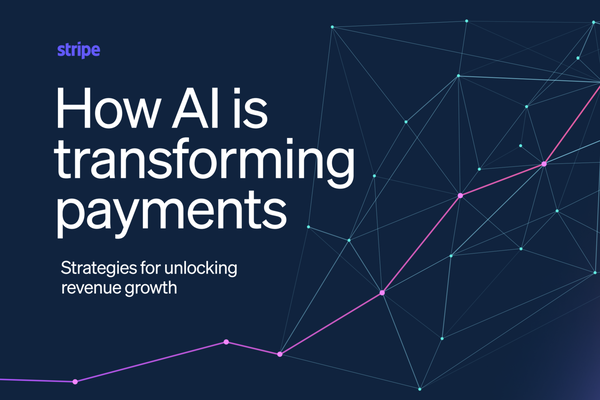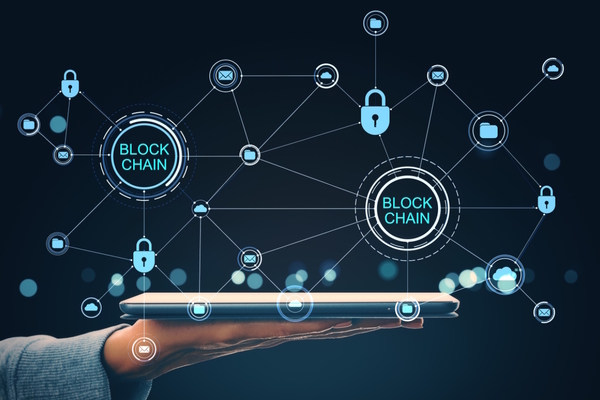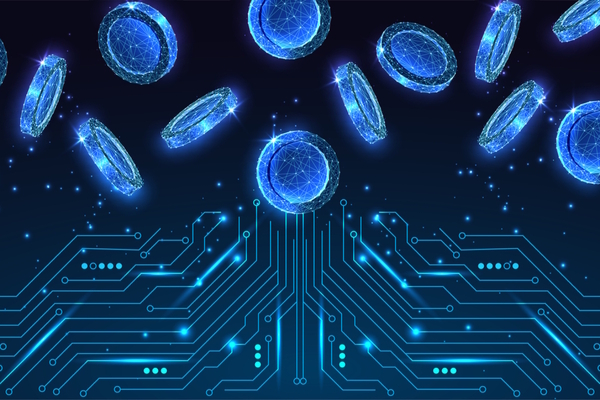The unintended powder keg of the technology revolution
Jamie Dobson at Container Solutions explores the positive and negative effects of digital technology on business and society
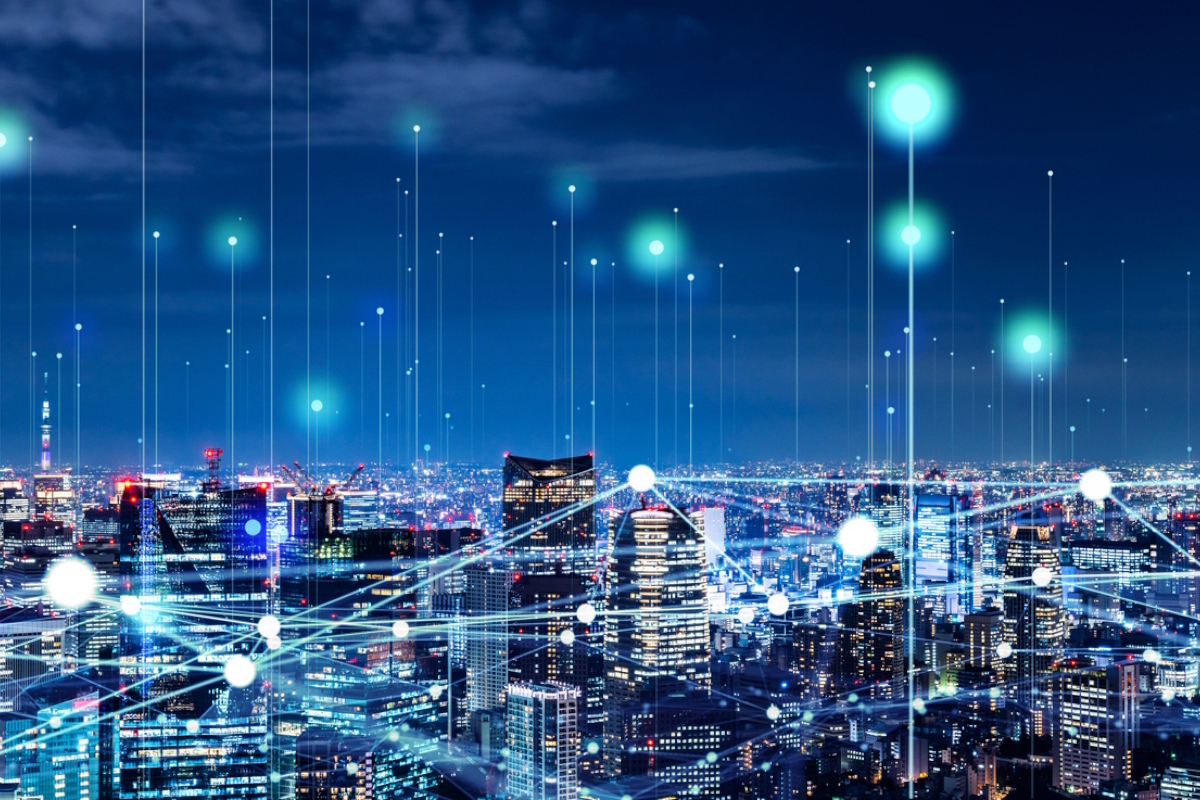
Artificial Intelligence troubles many people, for many reasons. While some may focus on Skynet-esque worries about ChatGPT becoming sentient, there are more immediate real-life concerns. For example, while we now have technology that accelerates wealth accumulation in ways that would have been impossible just a few decades ago, we also have technology that is eliminating the entry-level positions that previous generations relied upon to get a foothold in the economy.
Young people are finding fewer opportunities to develop skills, falling out of the workforce, and becoming angry at a system that promised them a future but delivered precarious gig work instead. There is a growing feeling that the baton of skills development isn’t being passed on.
While it is true that in the past, technology has always replaced jobs in the short-term, and we’ve always found new jobs—and that may be the case with AI—today’s frustration and anxiety has to deal with algorithms that know our fears, our biases, and our weaknesses, and that can deliver precisely calibrated messages designed to trigger specific emotional responses. And today, information warfare can be waged by anyone with a laptop and a basic understanding of social media dynamics.
When you combine technological unemployment with modern, sophisticated propaganda tools, you get a powder keg. In the past, the wealthy would build things—libraries, parks, affordable housing—partly out of genuine civic spirit, but also to give working people a sense that they were getting something from the system. These days we have angry young people without economic prospects, targeted by algorithms designed to amplify their grievances and direct their rage?
Consider this: someone using AI and a home CRISPR DNA editing kit (available online for as little as $59) could deliberately engineer a pathogen that combines the contagiousness of COVID with the lethality of Ebola. The technology to do this exists now, and it’s becoming cheaper and more accessible every year.
We find ourselves in a world where technological progress is outpacing our social and institutional capacity to manage it. Do we really want to allow there to be a fundamental breaking of the social contract?
Reasons for hope
There is some good news though. First, we’re not blind to these dangers. Journalists and researchers are actively documenting and reporting on the issues we’re facing. The very fact that we’re having conversations about algorithmic bias, technology-induced wealth inequality, and bioengineering risks means we’re not sleepwalking into catastrophe. Awareness is the first step towards action.
Second, despite all the hype about automation, there are things robots simply cannot do. Try getting a robot to fold a fitted sheet or arrange flowers in a vase. These tasks require a kind of tactile intelligence and adaptive problem-solving that humans possess in spades, but machines struggle with enormously. The much-predicted robot apocalypse has been just around the corner since the 1960s, yet human workers remain remarkably difficult to replace.
Third, AI might actually be put to good use. Climate change, medical research, and infrastructure development are all problems where machine learning could help us make breakthroughs we’re currently struggling to achieve. In some parts of the world, new technology might allow developing nations to leapfrog Western development entirely. Why build expensive copper telephone networks when you can go straight to mobile? Why construct coal power plants when solar panels are becoming cheaper every year?
Fourth, and perhaps most importantly, we’re still here. Humanity has survived and adapted to every previous technological revolution. The printing press was supposed to destroy social order. The telegraph was going to make the postal service obsolete. Television killed the radio star. Each time, we learned to live with the technology, to adapt our institutions, to create new norms and regulations that mitigated the worst effects whilst preserving the benefits.
Users, not creators, determine technology’s destiny
The leitmotif running through the entire history of technology is that tools get used in ways their inventors never imagined. The telephone was supposed to be a business tool; it became a social one. The internet was designed for military communications; it became a global platform for everything from cat videos to scientific collaboration. Twitter was meant to be a status update service; it became a political force that helped influence both elections and governments once elected.
I’ve spent years watching how people actually use technology in ways that surprise and delight me. Developers take tools designed for one purpose and bend them to entirely different ends. Communities form around shared interests that nobody planned for.
The technology that enables exploitation can also enable cooperation. The same social media platforms that spread propaganda can be used to organise protests and social movements. The algorithms that concentrate wealth can be reprogrammed or regulated. We have choices. The future isn’t written in code. It’s written in policy, in voting booths, in boardrooms, and in the countless small decisions we make about how to use the tools we’ve been given.
Jamie Dobson is the founder of Container Solutions and the author of ‘The Cloud Native Attitude’ and the recently published ‘Visionaries, Rebels and Machines: The story of humanity’s extraordinary journey from electrification to cloudification’. Both are available from Amazon and good bookstores.
Main image courtesy of iStockPhoto.com and metamorworks

Business Reporter Team
You may also like
Most Viewed
Winston House, 3rd Floor, Units 306-309, 2-4 Dollis Park, London, N3 1HF
23-29 Hendon Lane, London, N3 1RT
020 8349 4363
© 2025, Lyonsdown Limited. Business Reporter® is a registered trademark of Lyonsdown Ltd. VAT registration number: 830519543

